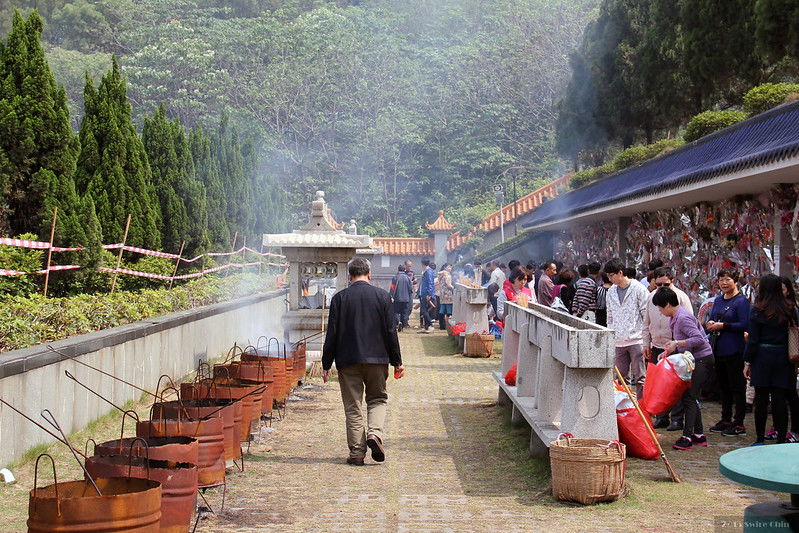Why the Ching Ming Festival is More Than Just Tomb Sweeping in Hong Kong
The Ching Ming Festival is a traditional practice of the Chinese that dates back over 2 millennia. Also known as Tomb (or Grave) Sweeping Day this festival is observed by ethnic Chinese in China, Hong Kong, Macau, Taiwan and at present in many other regions of the world. Hong Kong acknowledges this Chinese cultural festival in early April usually on 4th or 5th April, by declaring it a Public Holiday. Read on to find out why this festival is so unique and the rituals and the symbolic values that go with it.

img via flickr
Background
Dating to Spring-Autumn of 770-476 BC, the festival has roots in a practice called cold food day. Duke Wen of the ancient Jin state of China (also known as the Tang state) had a loyal follower named Jie Zitui who helped Duke Wen when he was in exile. Much later, when Duke Wen regained power, he wanted to reward his loyal follower Jie but found Jie had retired to the mountains.
In his desire to get Jie down from the mountain, the duke ordered his men to burn down the mountain which resulted in the death of his loyal follower Jie. Full of remorse over the unfortunate incident Duke Wen declared a 3-day grieving period during which time no fires could be lit even for cooking.
This occurrence was the beginning of the cold food festival or Hanshi. With time Cold Food Festival evolved to become Ching Ming Festival a significant cultural event incorporating other facets such as tomb sweeping and ancestor honouring making it one of the famous Kowloon tourist attractions in April.
Ching Ming Festival (Tomb Sweeping)
On the day of this festival in April, when everything is supposed to be Ching (clean) and Ming (bright), the family gets together to honour the loved ones who have passed away. Thus, they visit, clean and spruce up the tombs clearing them of weeds. They also take offerings like flowers, incense, food, tea and wine wishing for the prosperity of the departed ones.
Another cultural practice is burning joss paper (incense paper) and spirit money which are supposed to provide material things and wealth for the departed loved ones. These offerings are accompanied by demonstrating respect with bowing or kowtowing. This is a time when families who gather for tomb sweeping spend time thereafter having a picnic or a meal in a spirit of togetherness. Kite Flying is enjoyed as it is supposed to ward off evil spirits.
Visitors keen to experience these activities can opt for centrally placed properties in Kowloon such as Dorsett Mongkok Hong Kong which extend attractive offers. The opportunity is an insightful one to appreciate the family bonds of Chinese Culture.
Food and Drink
Though it was customary to eat cold food during this festival such as a green glutinous rice dumpling with a sweet filling (as was usually done in southeastern China) accompanied by traditional Chinese Tea or in certain families, rice wine, these practices have evolved, and families enjoy different types of dumplings (not necessarily cold) which is practical for them along with the preferred drinks.
Despite the food and drink consumed by different families, it is a day of togetherness where the departed are remembered with love and respect.
Ching Ming in Hong Kong
To facilitate getting to gravesites in Hong Kong in densely populated areas special transport services are operated. Families with ancestors buried in the Guangdong province of China start very early in the day as they have to get through border control and other checks to carry out tomb cleaning activities.
Ching Ming Festival in Hong Kong symbolizes honouring departed loved ones, warding off evil spirits and the value of families.
